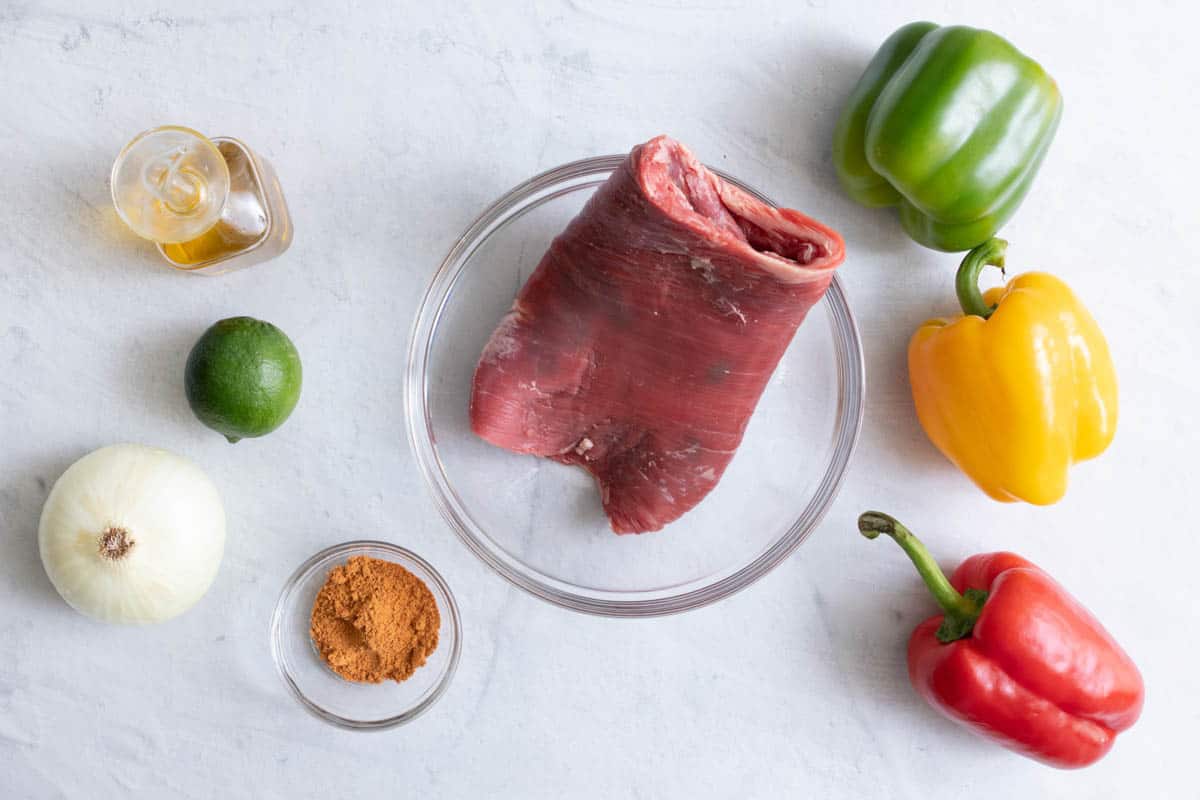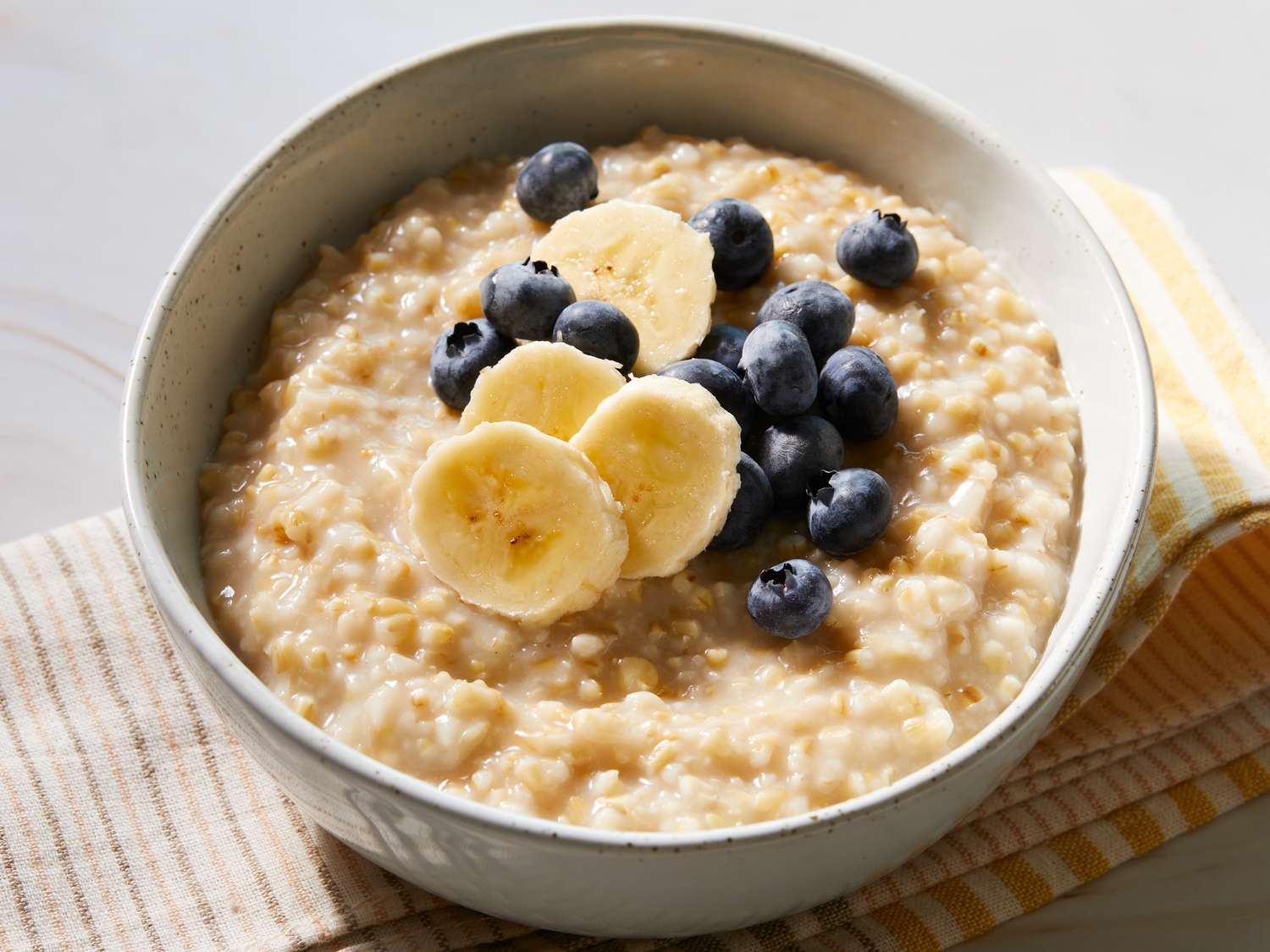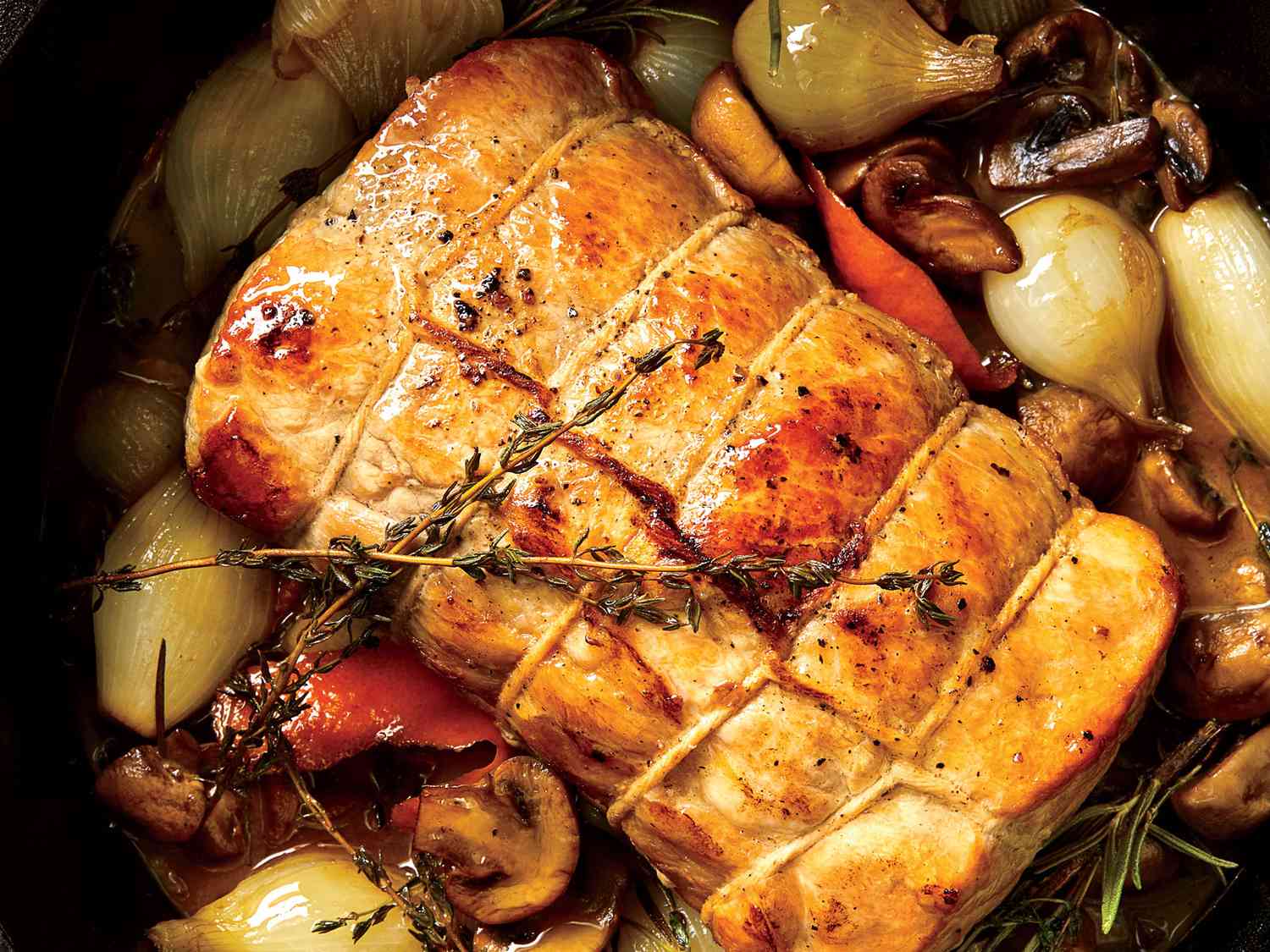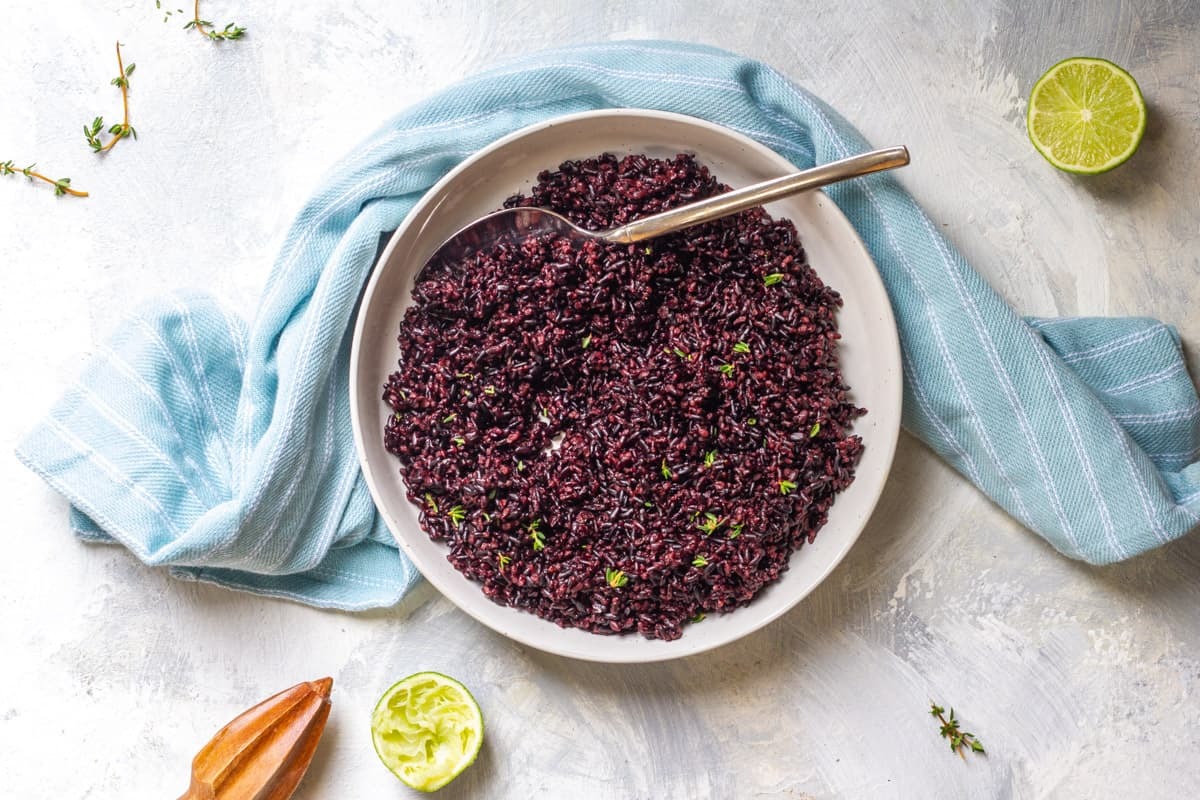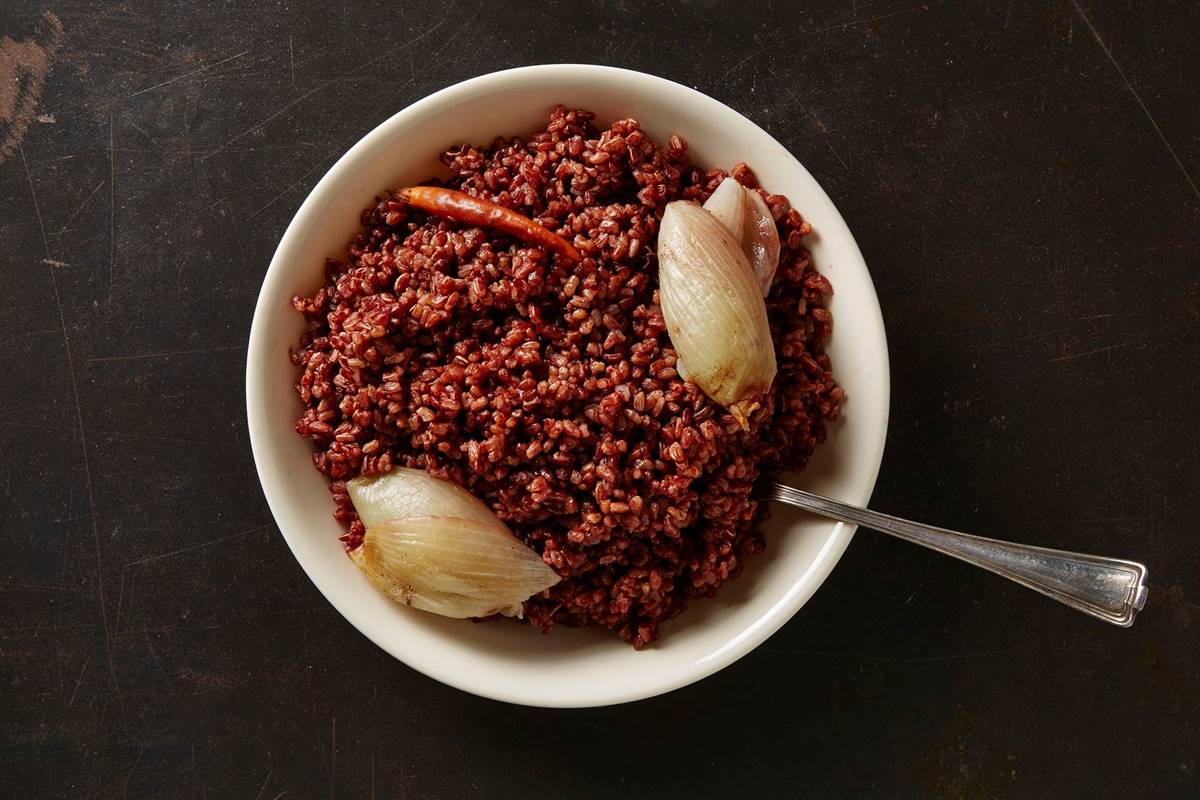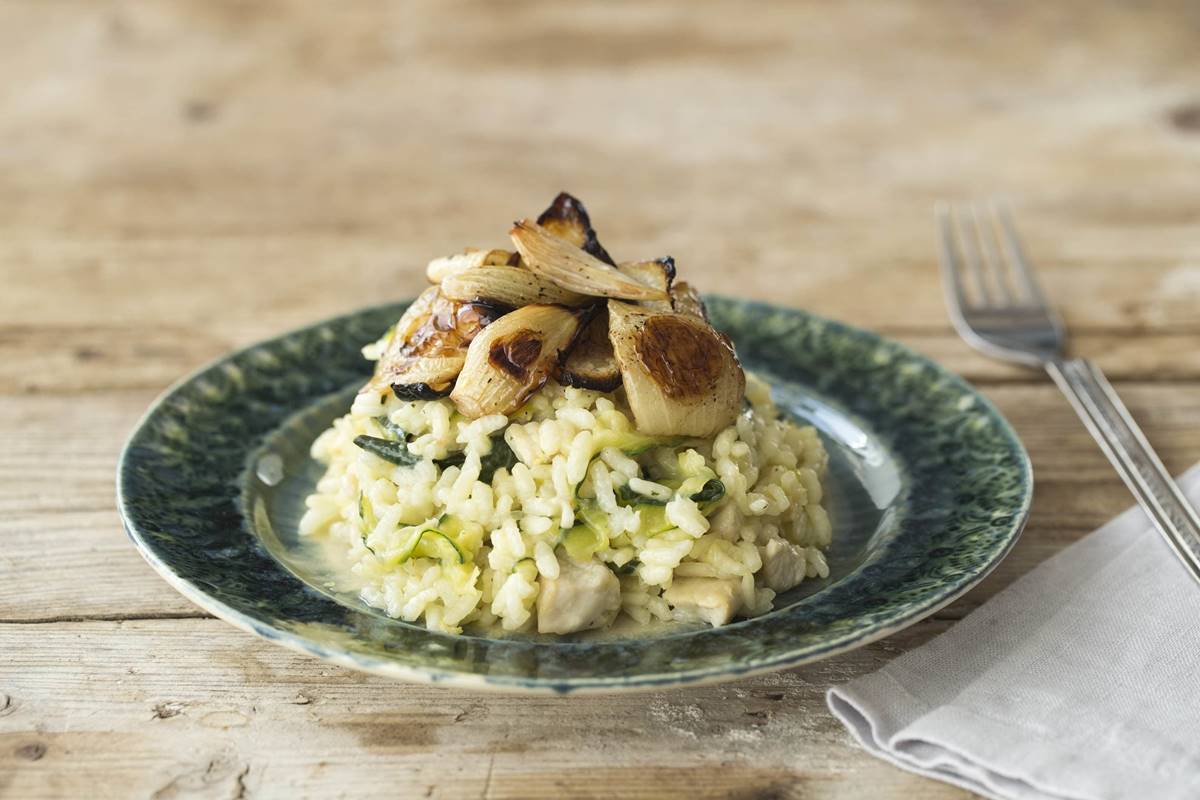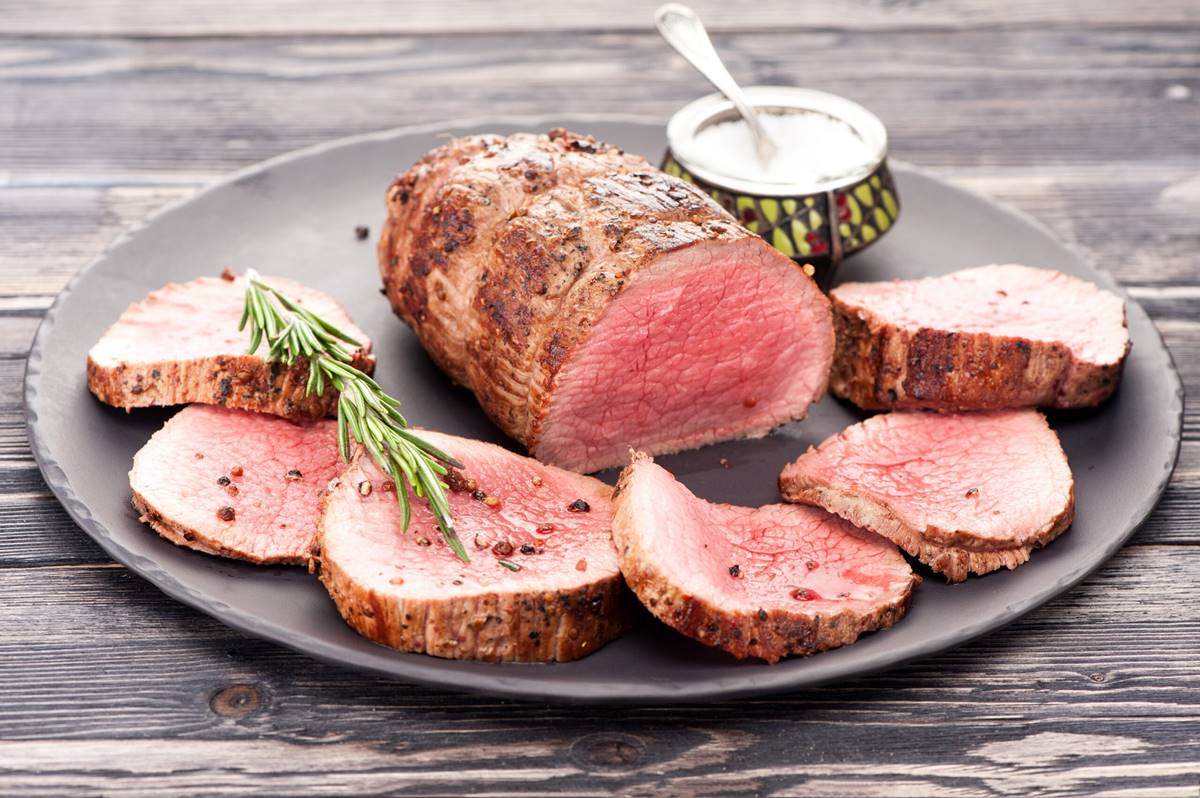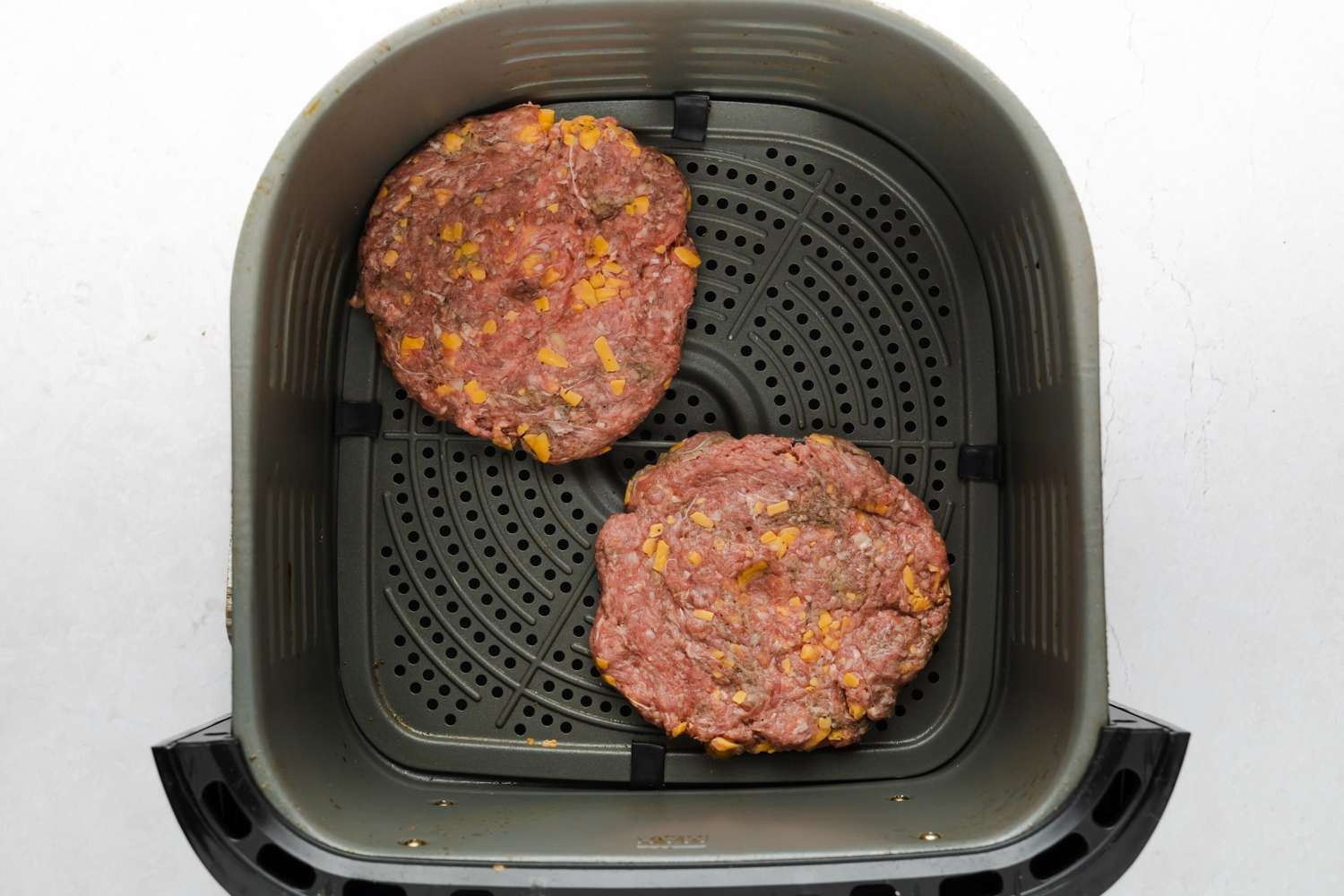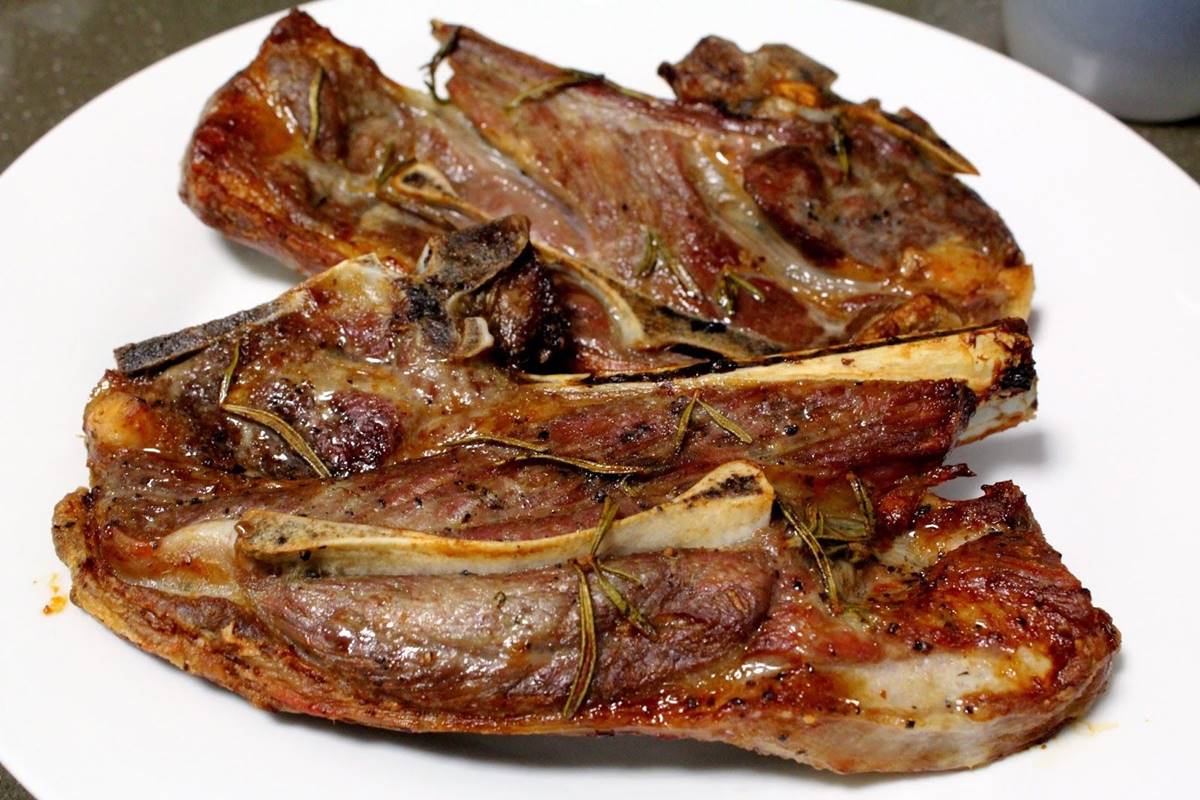How To Cook Rice For Dogs
If you’re a dog owner, you know how important it is to provide your furry friend with a nutritious and balanced diet. While commercial dog food is readily available, some pet owners prefer to incorporate homemade meals into their dog’s diet. One common and easily digestible option is rice. In this article, we will guide you through the process of cooking rice for dogs, ensuring that your pup gets a healthy and delicious meal.
Why Rice?
Rice is a staple food in many cultures and is easily digestible for dogs. It provides carbohydrates that can give your furry friend the energy they need to stay active and happy. Rice can also be a great alternative for dogs with sensitive stomachs or those recovering from digestive issues.
Choosing the Right Rice
When it comes to selecting rice for your dog, opt for plain white rice. Brown rice is more fibrous and may be harder for your dog to digest. Additionally, avoid rice blends or flavored rice as they may contain seasonings that are not suitable for dog consumption.
Cooking Rice for Your Dog
Now that you’ve chosen the right rice, it’s time to cook it for your dog. Follow these simple steps:
- Measure the desired amount of rice for your dog’s meal. A general guideline is to use 1/4 cup of cooked rice per 10 pounds of body weight.
- Rinse the rice thoroughly to remove any excess starch or contaminants.
- In a pot, add the rinsed rice and water in a 1:2 ratio. For example, if you’re cooking 1 cup of rice, add 2 cups of water.
- Bring the water to a boil and then reduce the heat to low, cover the pot, and let it simmer for about 15-20 minutes until the rice is cooked and tender.
- Once cooked, let the rice cool down to room temperature before serving it to your dog.
Enhancing the Rice
While plain cooked rice is suitable for dogs, you can occasionally add some extra ingredients to enhance the flavor and nutritional profile:
- Chicken or turkey: Cooked, boneless, and skinless chicken or turkey can be mixed with the rice for added protein.
- Vegetables: Steamed or lightly cooked vegetables like carrots, peas, or green beans can add vitamins and minerals to your dog’s meal.
- Low-sodium broth: Adding a small amount of low-sodium chicken or vegetable broth can make the rice more enticing for your dog.
Remember, moderation is key when adding extras to your dog’s rice. Too many oily or fatty ingredients can upset your dog’s stomach.
Feeding Guidelines
When serving rice to your dog, it’s essential to keep their overall diet in mind. Rice should comprise no more than 10-15% of their daily caloric intake. Consult your veterinarian to determine the appropriate portion size for your dog based on their size, age, and activity level.
Additionally, if your dog has any specific dietary needs or health concerns, it is crucial to consult with your veterinarian before making any changes to their diet.
Conclusion
Knowing how to cook rice for your dog can be a valuable skill to have, ensuring that your pup receives a nutritious meal that’s gentle on their digestive system. Remember to choose the right rice, follow the cooking instructions, and consider enhancing the rice with healthy add-ons. Your beloved furry friend will surely appreciate your efforts to provide them with a homemade meal that’s both tasty and beneficial for their well-being.
More Delicious Rice Recipes for Your Furry Friend
As you master cooking rice for your canine companion, consider experimenting with a variety of nutritious and delicious recipes that incorporate this staple ingredient. For a wholesome and hearty meal, try the Turkey and Rice Doggy Feast, which combines lean protein with the gentle digestibility of rice, perfect for sensitive stomachs. If your dog prefers the rich flavors of beef, the Beef and Rice Puppy Stew offers a savory and fulfilling option. For those looking to introduce omega-rich fish into their dog's diet, the Rice and Salmon Delight for Dogs is an excellent choice, providing essential fatty acids for a healthy coat and skin. These recipes are not only tailored to cater to your dog’s nutritional needs but also provide a delightful variety that can keep mealtime exciting and satisfying for your pet.
Was this page helpful?
Read Next: How To Cook A Raw Ham
